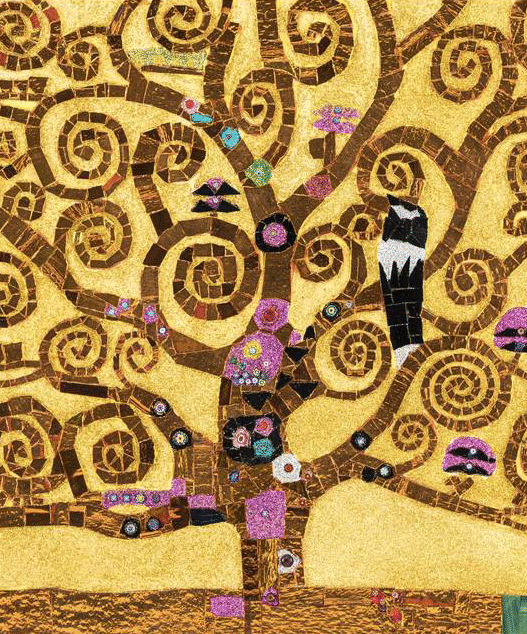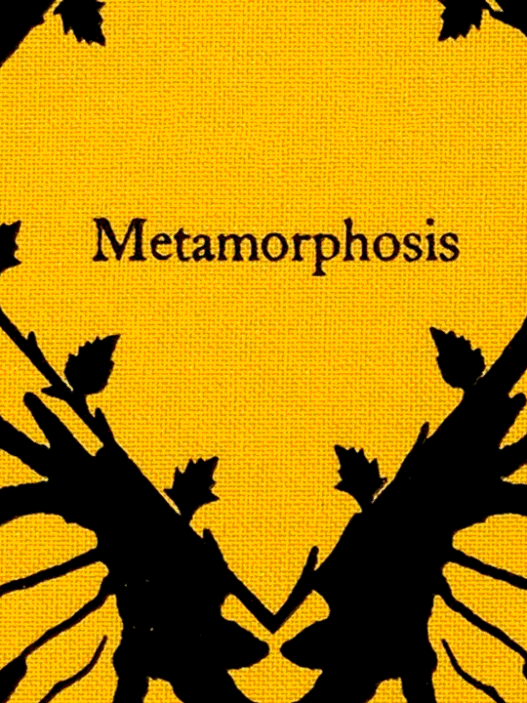At the Mesopotamia Dawn of Civilisation, Hammurabi’s Code, an ancient legal proclamation dating back to approximately 1754 BCE, stands as an epitome of profound symbolism that has left an indelible mark on the history of Ancient Mesopotamia.
Carved onto a colossal stone stele, towering 2.25 meters high, its symbolic significance reaches far beyond mere laws and regulations.
Insights into Ancient Justice
At the heart of its symbolism lies the profound portrayal of ancient Babylonian
justice. A compendium of 282 laws, this unparalleled code unveils the intricate social fabric, hierarchical structures, and vengeful retribution of its time.
It offers us a window into the complexities of maintaining order and harmony in an era shrouded in antiquity.
Divine Sanctification
Another facet of the symbolic grandeur of Hammurabi’s Code lies in its divine sanctification. Its prologue attributes its genesis to the celestial deities, endowing these laws with an ethereal aura.
Beyond the edicts of a sovereign ruler, the code was believed to be a celestial gift, conferring unparalleled legitimacy and authority upon it, shaping the beliefs and conduct of an entire civilisation.

Cultural Artefacts
Amidst the labyrinth of symbols, Hammurabi’s Code emerges as an emblem of Mesopotamia’s rich cultural heritage.
Its inscriptions echo the artistic and intellectual achievements of its time, showcasing an amalgamation of legal text and artistic motifs.
Its very form, a monumental stone stele, symbolises the enduring nature of ancient wisdom etched in the annals of history.
In a similar vein, the Indus seal, with its intricate designs, offers a glimpse into the symbolic language of another ancient civilisation, highlighting how both cultures used symbols to convey complex ideas about law, society, and belief.
Provenance
Tracing the provenance of Hammurabi’s Code reveals a captivating saga of its rediscovery and preservation through the annals of time. Forgotten by time, the code resurfaced in 1901, thanks to the tenacity and expertise of the illustrious French archaeologist, Gustave Jéquier.
This captivating artifact was unearthed amidst the ancient ruins of Susa (modern-day Shush, Iran), where it had been spirited away as spoils of war by King Shutruk-Nahhunte in the 12th century BCE.
The Louvre Legacy: Restored with meticulous care, the stele found its rightful place at the illustrious Louvre Museum in Paris, France.
As a centerpiece of the museum’s unparalleled collection, it stands tall, a testament to human perseverance, artistic genius, and our insatiable thirst for uncovering the treasures of our past.
Hammurabi’s Code stands as an enduring testament to the profound symbolism intrinsic to the human experience. Its esoteric connotations echo through the ages, divulging the intricate layers of ancient justice and cultural heritage.
As we traverse through time, let us savor the richness of these ancient artifacts that unlock the enigmas of our shared human narrative.
Until our next enthralling voyage into antiquity, fellow history enthusiasts, let us continue to unlock the keys to our past and embrace the treasures of our collective heritage






















